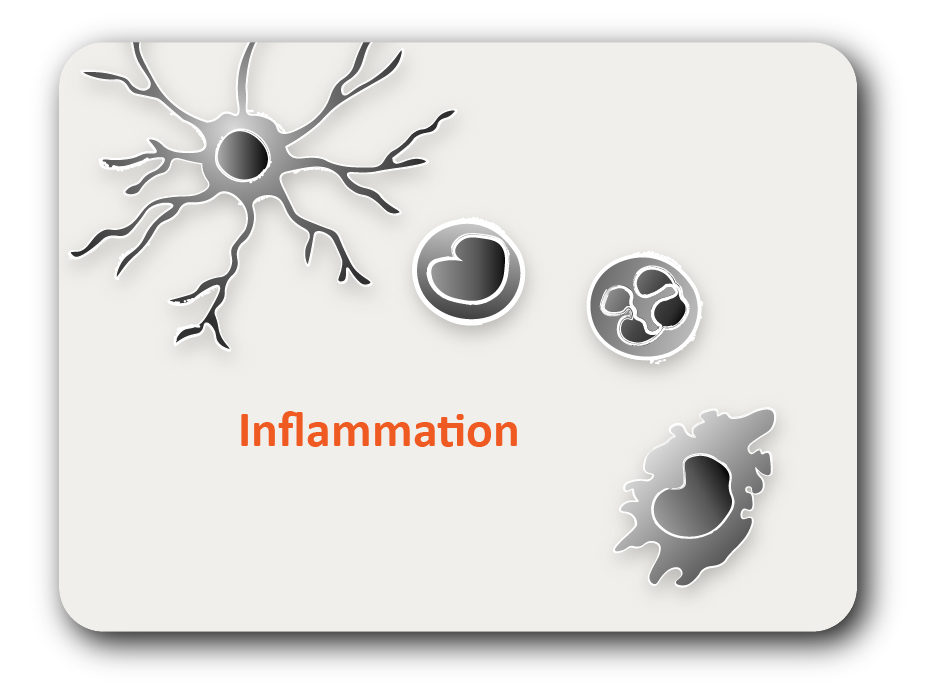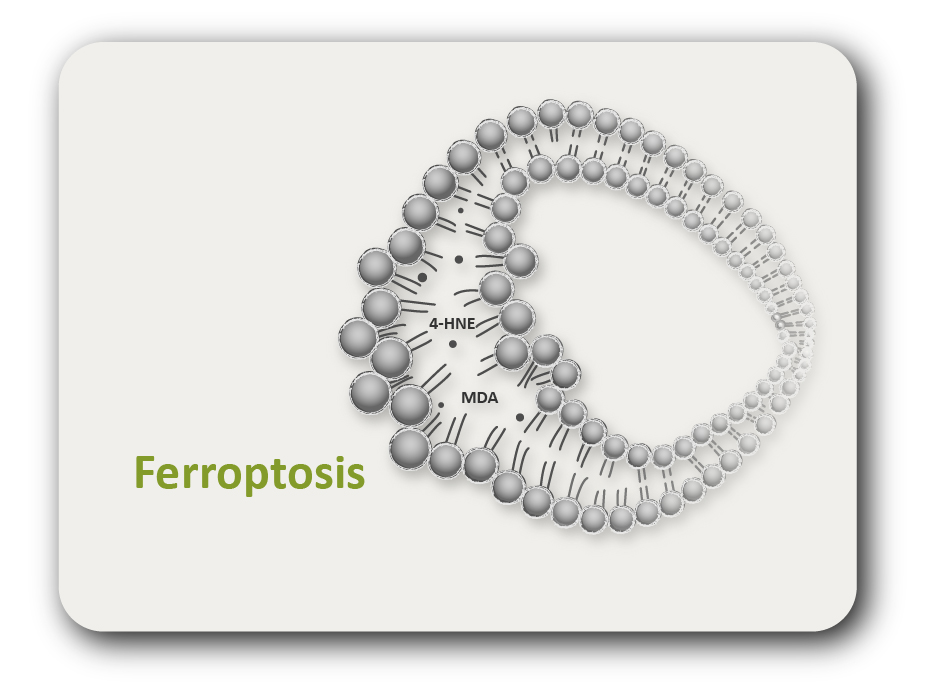ARG21326
anti-CD13 antibody [22A5]
anti-CD13 antibody [22A5] for Flow cytometry,IHC-Frozen sections,Immunoprecipitation and Human
概述
| 产品描述 | Mouse Monoclonal antibody [22A5] recognizes CD13 |
|---|---|
| 反应物种 | Hu |
| 应用 | FACS, IHC-Fr, IP |
| 特异性 | Human CD13. |
| 宿主 | Mouse |
| 克隆 | Monoclonal |
| 克隆号 | 22A5 |
| 同位型 | IgG2a, kappa |
| 靶点名称 | CD13 |
| 抗原物种 | Human |
| 抗原 | Osteoclasts from osteoclastomas |
| 偶联标记 | Un-conjugated |
| 別名 | AP-N; PEPN; LAP1; CD antigen CD13; Aminopeptidase M; gp150; Aminopeptidase N; EC 3.4.11.2; Myeloid plasma membrane glycoprotein CD13; APN; CD13; P150; AP-M; GP150; hAPN; Microsomal aminopeptidase; Alanyl aminopeptidase |
应用说明
| 应用建议 |
|
||||||||
|---|---|---|---|---|---|---|---|---|---|
| 应用说明 | * The dilutions indicate recommended starting dilutions and the optimal dilutions or concentrations should be determined by the scientist. |
属性
| 形式 | Liquid |
|---|---|
| 缓冲液 | BBS (pH 8.2) |
| 浓度 | 0.1 mg/ml |
| 存放说明 | For continuous use, store undiluted antibody at 2-8°C for up to a week. For long-term storage, aliquot and store at -20°C. Storage in frost free freezers is not recommended. Avoid repeated freeze/thaw cycles. Suggest spin the vial prior to opening. The antibody solution should be gently mixed before use. |
| 注意事项 | For laboratory research only, not for drug, diagnostic or other use. |
生物信息
| 数据库连接 | |
|---|---|
| 基因名称 | ANPEP |
| 全名 | alanyl (membrane) aminopeptidase |
| 背景介绍 | Aminopeptidase N is located in the small-intestinal and renal microvillar membrane, and also in other plasma membranes. In the small intestine aminopeptidase N plays a role in the final digestion of peptides generated from hydrolysis of proteins by gastric and pancreatic proteases. Its function in proximal tubular epithelial cells and other cell types is less clear. The large extracellular carboxyterminal domain contains a pentapeptide consensus sequence characteristic of members of the zinc-binding metalloproteinase superfamily. Sequence comparisons with known enzymes of this class showed that CD13 and aminopeptidase N are identical. The latter enzyme was thought to be involved in the metabolism of regulatory peptides by diverse cell types, including small intestinal and renal tubular epithelial cells, macrophages, granulocytes, and synaptic membranes from the CNS. Human aminopeptidase N is a receptor for one strain of human coronavirus that is an important cause of upper respiratory tract infections. Defects in this gene appear to be a cause of various types of leukemia or lymphoma. [provided by RefSeq, Jul 2008] |
| 生物功能 | Broad specificity aminopeptidase. Plays a role in the final digestion of peptides generated from hydrolysis of proteins by gastric and pancreatic proteases. May play a critical role in the pathogenesis of cholesterol gallstone disease. May be involved in the metabolism of regulatory peptides of diverse cell types, responsible for the processing of peptide hormones, such as angiotensin III and IV, neuropeptides, and chemokines. Found to cleave antigen peptides bound to major histocompatibility complex class II molecules of presenting cells and to degrade neurotransmitters at synaptic junctions. Is also implicated as a regulator of IL-8 bioavailability in the endometrium, and therefore may contribute to the regulation of angiogenesis. Is used as a marker for acute myeloid leukemia and plays a role in tumor invasion. In case of human coronavirus 229E (HCoV-229E) infection, serves as receptor for HCoV-229E spike glycoprotein. Mediates as well human cytomegalovirus (HCMV) infection. [UniProt] |
| 预测分子量 | 110 kDa |
| 翻译后修饰 | Sulfated. N- and O-glycosylated. May undergo proteolysis and give rise to a soluble form. |
检测图片 (1) Click the Picture to Zoom In
-
ARG21326 anti-CD13 antibody [22A5] FACS image
Flow Cytometry: Human peripheral blood monocytes (negative control) and granulocytes stained with ARG21326 anti-CD13 antibody [22A5] followed by ARG23802 Goat anti-Mouse IgG2a antibody (FITC) (pre-adsorbed).






